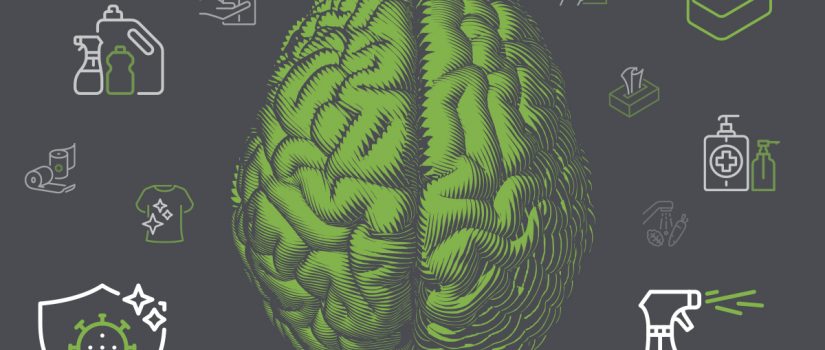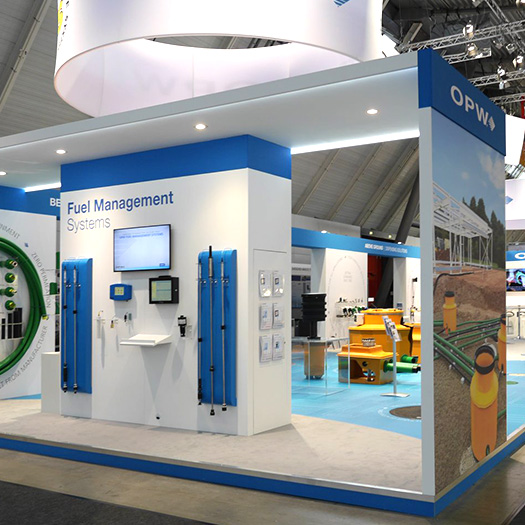How We Battle Against COVID in the Workplace

This historic pandemic has directly impacted how we feel about our safety outside of our home. This includes the workplace, where many businesses are currently struggling to reassure their employees that they’re returning to a clean and safe environment.
Getting our workplace “work ready” was no walk in the park, but to help make things a little easier, we have created a crash course on how we approached the psychology of clean in the workplace.
Step 1: Read the Room
The first thing we had to understand was everyone was scared and the psychology of clean in the workplace is all about how people feel.
We realized it was essential for us to stay collaborative throughout the entire reopening process. Our employees should feel heard. Making this process work was a team effort, and collaboration helps psychological comfort and security. We reassured our teams that plans were in place to ensure smart choices were being made.
We also found it important to avoid surprises. Before and after reopening, we provide plenty of adjustment time before any changes.
Step 2: Item Doesn’t Bring Joy? Good-bye!
Once we understood the psychology of clean in the workplace is about people’s feelings, we focused on getting the workplace prepared. We started by reducing workspace clutter.
There are many ways to achieve this, but our favorite way is the KonMari Method, which involves picking up each item and making a simple determination.
If it doesn’t spark joy, pitch it.
It was important our efforts resulted in many empty surfaces that can be easily cleaned and do not harbor contagions.
Not only did empty surfaces help make our cleaning regimen easier, but it also created a newfound sense of calmness and confidence in the office. There were fewer cluttered surfaces that posed a risk.
Another effective way we found to spread confidence was encouraging others to contribute to the common mission at hand: creating and keeping a safe workplace.
In addition, we ensured we were prepared with the necessary gear to help keep shared spaces clean and organized, which boosted employee confidence.
Step 3: Repetition Is Key. Repetition Is Key.
Now that our workplace was physically clean, it was time to reinforce the new status quo by continuing to support and listening to others to let them know we’re a team.
Setting the stage that everyone is on the same team reassured we are trusted allies and will help mitigate any uneasy feelings.
To further reinforce the new status quo, we needed to strengthen the new workplace procedures. Repetition is key to creating a new routine.
To easily create a more routine feeling for the office, we modeled desired safe procedures and hold others accountable for modeling the same behaviors. That way, everyone is held to the same expectations.
Step 4: Understanding the Unpredictability
The last thing we did to successfully approach the psychology of clean in the workplace has been remain flexible. If the past few months have taught us anything, it is that life is unpredictable.
It’s important to be open to change. There are always new and improved ways of conducting our lives.


